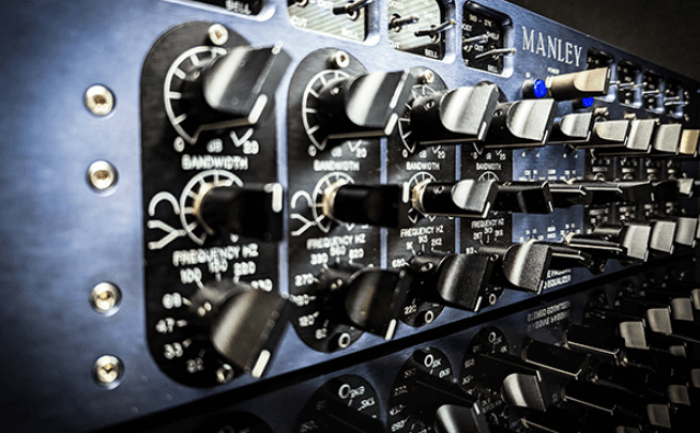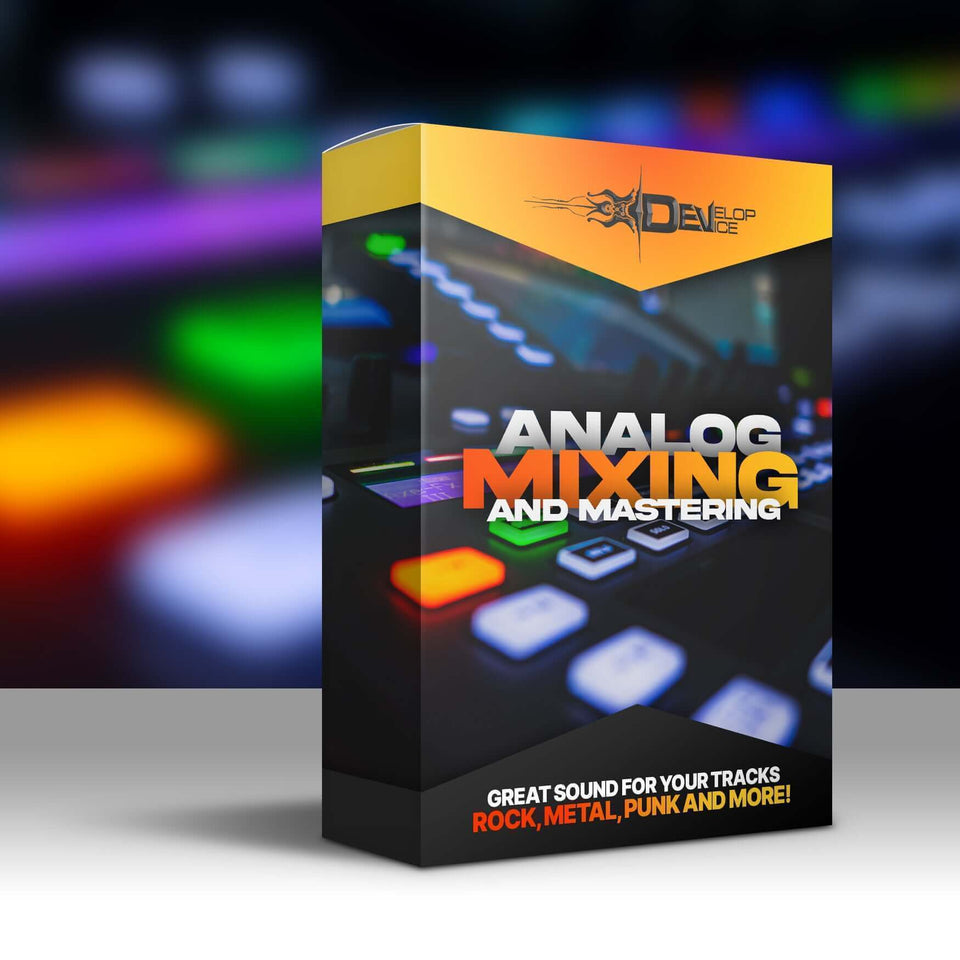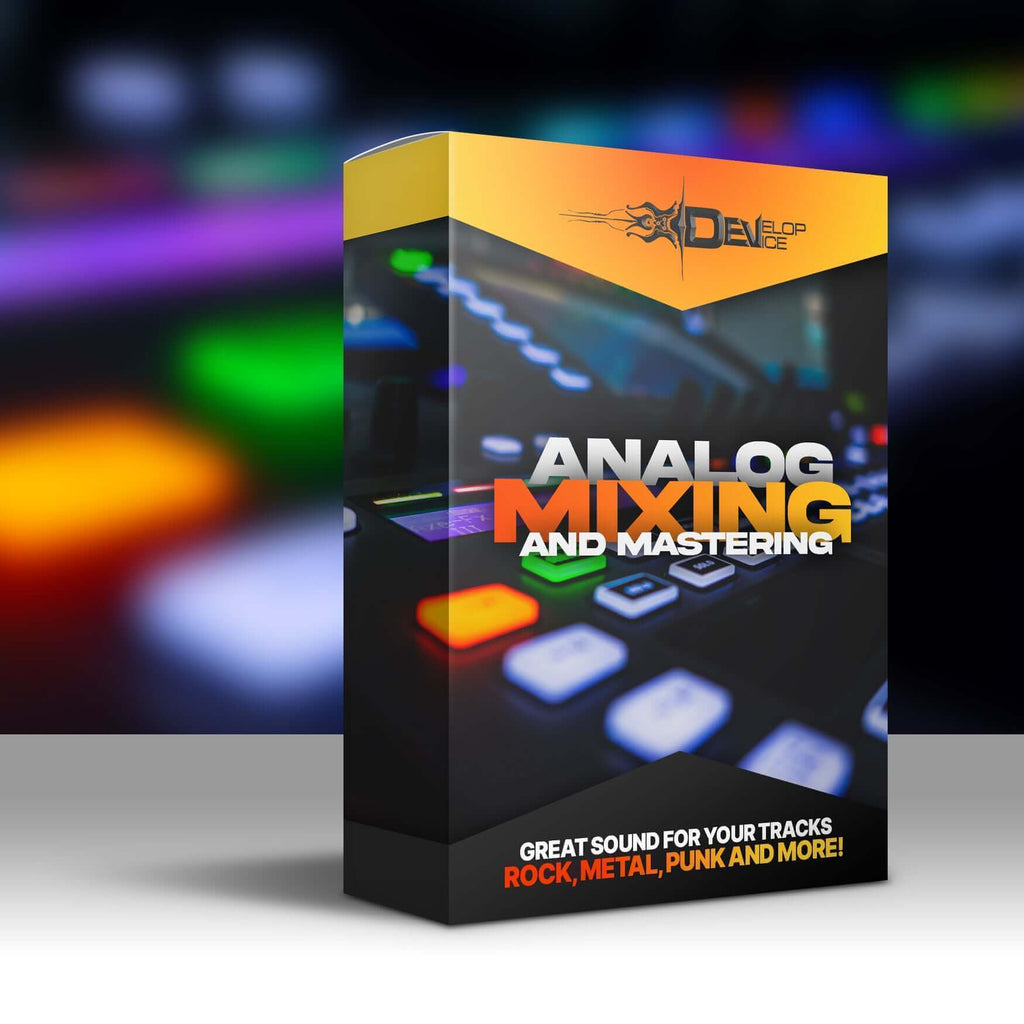Manley Massive Passive Mastering EQ Review: Analog Mastery in Music Post-Production

The Manley Massive Passive Mastering Equalizer stands as a beacon in the world of high-end analog mastering. In my studio, Develop Device, where quality and depth in music post-production are essential, the Manley Massive Passive has become an invaluable asset. This analog EQ offers a unique approach to equalization, providing unparalleled warmth, character, and tonal precision, making it an ideal choice for mastering engineers looking to elevate their projects. For anyone interested in exploring the possibilities of professional mixing and mastering, check out my services here: Develop Device Mixing & Mastering.
Overview of the Manley Massive Passive Mastering EQ
The Massive Passive isn’t just another EQ; it’s a fully analog, passive equalizer that uses innovative circuitry to deliver results you can feel. Known for its distinctive Pultec-style circuitry, this mastering EQ isn’t designed to operate like a typical equalizer. Instead of merely boosting or cutting frequencies, the Massive Passive allows for subtle shaping of the harmonic content, giving mixes a natural and musical feel. It’s built with mastering in mind, meaning it emphasizes precision, clarity, and transparency.
Design and Build Quality
The Massive Passive’s design is rugged and imposing, with a solid steel chassis and a front panel dominated by a host of knobs and switches. Each control feels substantial, allowing for fine-tuned adjustments without any play or looseness. Manley has clearly invested in making this unit durable enough for constant studio use, as it remains consistent even after extensive sessions.
This design also boasts an intuitive layout, so once you become familiar with the Massive Passive, reaching for specific frequency ranges and adjusting gain becomes second nature. It has four bands of EQ per channel, each band selectable to function as either a shelf or bell, with a range of options for frequency selection. Each band has boost and cut knobs, giving engineers the flexibility to make highly targeted adjustments to the audio signal.
Sound Quality: Unmatched Analog Warmth
One of the standout qualities of the Massive Passive is its ability to impart warmth and depth to a mix. Analog gear like the Massive Passive often brings a level of richness that digital plugins struggle to replicate. This EQ is incredibly musical, allowing for both subtle adjustments and aggressive shaping without ever sounding harsh. Its inherent harmonic distortion adds a desirable "glow" to the sound, providing a sense of cohesion and fullness that enhances the mix's overall presentation.
When I integrate the Massive Passive into my mastering chain, it often helps shape the final polish in a mix. Whether it's gently boosting the high-end for added airiness or giving the low-end some extra weight, the Massive Passive allows precise control with smooth and natural results.
Frequency Response and Control
The Massive Passive is versatile in its frequency control, which is critical in mastering. It covers a wide range from 22 Hz to 27 kHz, providing ample room to manage every aspect of the frequency spectrum. Each band allows either bell or shelf configuration, giving engineers flexibility to tailor each frequency range with great precision.
This flexibility is complemented by the unit's unique parallel band structure, meaning any two frequencies can interact in ways that bring out hidden textures and details. This approach goes beyond basic frequency adjustments; it helps uncover layers of sound, making the mix feel more alive and cohesive.
Versatility in Tone Shaping
The Manley Massive Passive excels in tonal shaping, bringing an extra layer of creativity and control to the mastering process. It's not just about adjusting frequencies; the Massive Passive allows users to shape the tonal balance and harmonic content in unique ways. The EQ’s tubes add a gentle saturation, which becomes especially useful when working with digital recordings that may lack some of the warmth and character associated with analog recordings.
In the studio, I've found this EQ especially useful for genres that benefit from a warmer, more organic sound, such as rock, metal, and even some electronic music sub-genres. Its tonal shaping abilities can enhance the character of guitars, vocals, and other elements that play a prominent role in a mix.
Precision and Control in Mastering
For mastering, precision is key, and the Massive Passive offers this in spades. Each control is designed to make small but impactful changes to the audio signal. The ability to dial in precise adjustments is especially important in mastering, where subtle changes can dramatically impact the final product. Unlike some EQs that might color the sound too heavily, the Massive Passive provides clarity and precision without overwhelming the original mix.
When used judiciously, it adds just the right amount of "sweetening" to a track. Small boosts in the high end can add air and brightness without becoming harsh, while low-end adjustments enhance the warmth without muddying up the mix.
Unique Features
The Massive Passive’s unique circuitry gives it certain features that set it apart from other mastering EQs. Its passive design means that instead of relying on active amplification to boost or cut frequencies, it uses resistors, capacitors, and inductors to shape the sound passively. This passive approach, paired with the unit’s tube amplification stage, contributes to its unique sound character.
The EQ also has a bypass switch that allows you to compare the original and processed signals easily, which is a helpful feature during mastering. Additionally, it features an input trim control for adjusting the overall input gain, allowing users to work with audio at different levels without losing control over the signal.
Real-World Application and Workflow Integration
In practice, the Massive Passive integrates seamlessly into my mastering workflow. I often find it to be the final touch on a track, adding that extra polish and bringing the mix to life. Its ability to add presence and clarity while maintaining the track’s integrity is invaluable.
In genres like metal and rock, where clarity and impact are crucial, the Massive Passive shines. Its low-end capabilities help bring out the punch in drums and bass without overpowering the mix, while the high-end boost adds brightness without introducing harshness. For more delicate genres, such as jazz or acoustic, it offers a level of control that enhances the track’s dynamics without flattening them.
Comparison with Digital EQs
While digital EQ plugins have come a long way, there is something about the Manley Massive Passive’s analog circuitry that gives it an edge in mastering applications. Digital EQs can emulate the curve and control of an analog EQ, but they often fall short in recreating the harmonic depth and warmth that the Massive Passive provides. The Massive Passive also has a more tactile interface, which offers a different experience from adjusting parameters on a screen.
In some cases, I’ll combine digital EQs with the Massive Passive, using the digital tools for surgical corrections and the Massive Passive for tonal enhancement and “character” EQ. This hybrid approach allows the best of both worlds: the precision of digital EQ and the warmth and richness of analog processing.
Conclusion: A Mastering Essential
The Manley Massive Passive Mastering Equalizer is more than a tool; it’s a gateway to new levels of tonal refinement and precision. Its unique analog sound, coupled with unmatched control, makes it ideal for anyone serious about mastering. For mastering engineers, producers, and musicians looking to elevate their sound quality, this EQ provides a level of finesse that digital tools struggle to replicate.
In my experience, the Massive Passive has transformed how I approach mastering, bringing out the best in every track and making it easier to achieve the sound clients seek. The warmth, depth, and clarity it brings to the table are unmatched. If you're ready to experience this level of audio enhancement, I invite you to explore my mixing and mastering services at Develop Device and see what a difference quality mastering can make for your music.
Final Thoughts
The Manley Massive Passive Mastering EQ is a true gem in the world of analog equipment. Whether you’re new to analog mastering or a seasoned professional, this EQ delivers consistent, high-quality results that add a professional edge to any mix. It’s an investment in sound quality that pays off with every session, making it a worthy addition to any studio looking to push the boundaries of what's possible in audio production.










Leave a comment
All comments are moderated before being published.